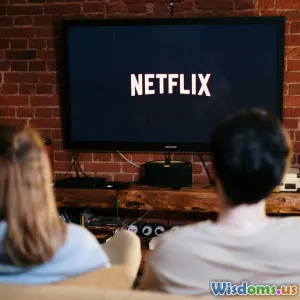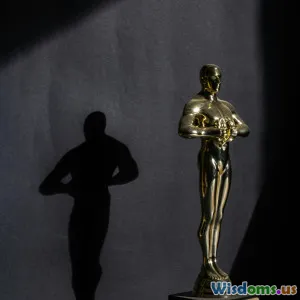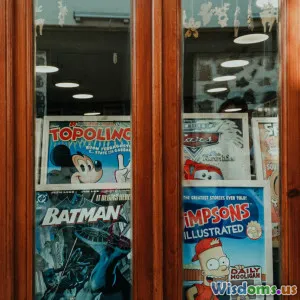
Exploring The Simpsons Predictions That Actually Came True
35 min read A data-backed look at The Simpsons predictions that later happened, from smartwatches to video calls, with episode references, timelines, and why satire sometimes mirrors reality. (0 Reviews)
If you spend enough Sunday nights with Springfield, it starts to feel like the town’s writers drafted the near-future’s to-do list years in advance. For decades, The Simpsons has been credited with foretelling everything from a celebrity presidency to wearable tech and a streaming-era media merger. The meme—“Simpsons did it first”—is fun, but it also signals something deeper about how satire, probability, and attentive research can echo into real life.
This article explores the predictions that genuinely stand up to scrutiny, why they happened, and how to separate the plausible from the internet’s favorite tall tales. Along the way, you’ll get a practical framework for vetting new claims, plus takeaways for creators looking to write satire that ages well.
The Myth and Mechanics of “Simpsons Predictions”

The Simpsons has aired since 1989, producing 700+ episodes. With that volume, it’s statistically inevitable that some gags, throwaway lines, and quasi-futurist jokes will resemble later events. But there’s more at work than random luck:
- Research-heavy writers’ room: The show’s staff has long included Harvard Lampoon alums, math PhDs, and journalists who keep tabs on tech trends, politics, and pop culture. When you satirize plausible trajectories—corruption in sports, media consolidation, gadget miniaturization—you occasionally nail the outcome.
- Satire exaggerates real signals: Satire takes a real phenomenon and pushes it to absurdity. That exaggeration can end up being a surprisingly neat blueprint if reality later accelerates in the same direction.
- The law of large numbers: Thousands of jokes across decades mean a huge sample size. Some will look prescient simply by chance.
Understanding that mix clarifies why some Simpsons “predictions” truly deserve the label while others are coincidences or misremembered.
What Counts as a Prediction? A Simple Framework

Before we dive into case studies, it helps to set criteria. Use this checklist to evaluate any claim:
- Timestamp reliably: Can you verify the episode title, season/episode number, and original air date? Avoid later edits and out-of-context screenshots.
- Specificity: Did the show make a precise, falsifiable claim (e.g., “Company X buys Company Y”) rather than a broad trope (e.g., “politician embroiled in scandal”)?
- Plausibility vs. inevitability: Some “predictions” reflect trends already in motion (e.g., handwriting recognition struggles). Still interesting, but not oracular.
- Outcome match: Did the real event align in meaningful details—not just vibes? Close parallels count; tortured reinterpretations don’t.
- No retrofitting: Did the gag lead the real event, rather than being post-edited or selectively clipped to look accurate?
Armed with this framework, let’s look at hits that hold up.
Case Study: President Trump, The 2000 Episode That Launched a Meme

- Episode: “Bart to the Future” (Season 11, Episode 17)
- Original air date: March 19, 2000
- The gag: In a flash-forward, President Lisa Simpson tells her staff, “We’ve inherited quite a budget crunch from President Trump.”
At the time, Donald Trump was a celebrity businessman and serial flirt with political headlines, but not a serious presidential contender. The episode’s satire imagined a chaotic, mixed-up political future—one in which a reality TV mogul plausibly could have mounted a campaign. The line hit the specific name and high office; it also connected to broader anxieties about celebrity politics.
Why it’s a strong prediction:
- Specificity: Named Trump, not just “a celebrity.”
- Lead time: Sixteen years before the 2016 election.
- Outcome: Trump indeed became President of the United States in 2017.
Caveat: The episode never depicted him winning in precisely the way real life unfolded. Still, the core claim—a Trump presidency—lands cleanly.
Case Study: Disney Buys Fox—A Throwaway Gag Becomes a Boardroom Reality
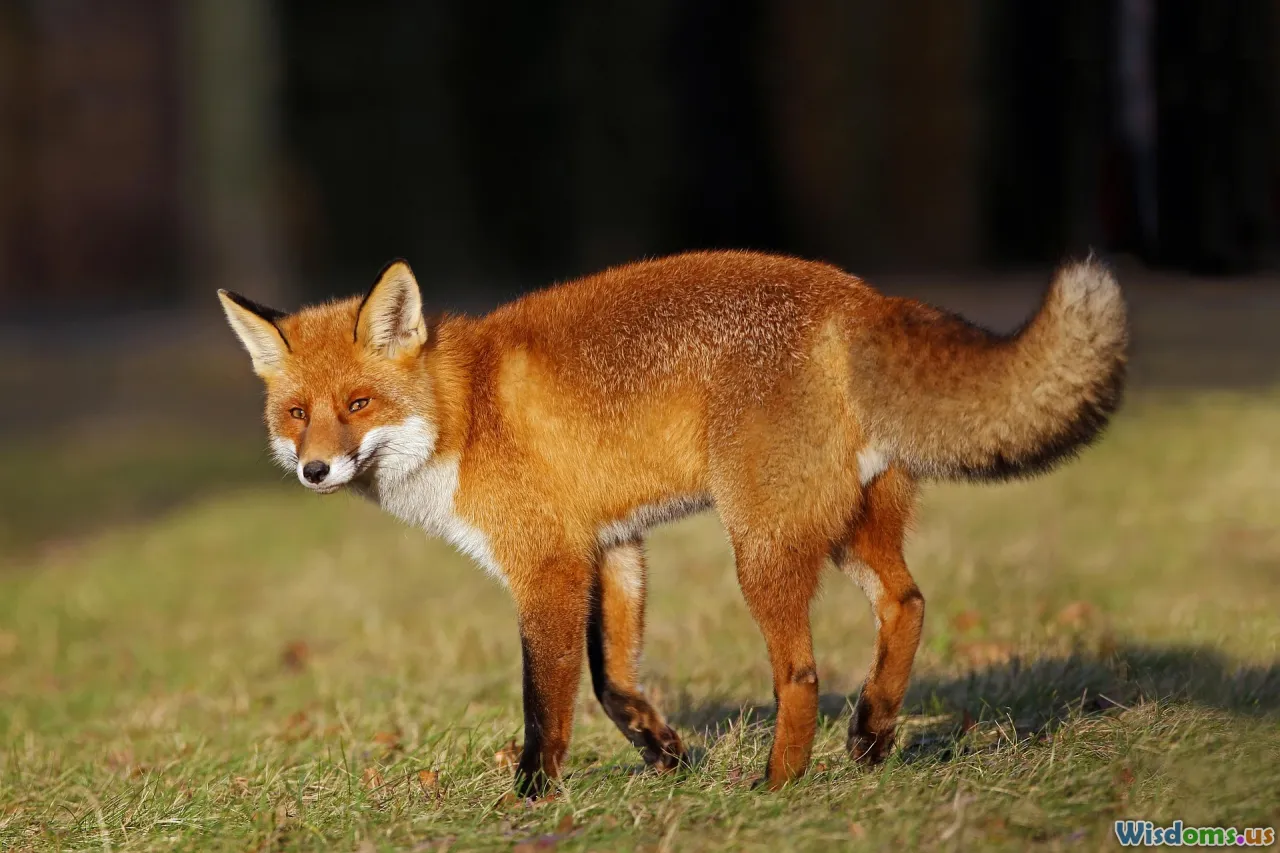
- Episode: “When You Dish Upon a Star” (Season 10, Episode 5)
- Original air date: November 8, 1998
- The gag: As a background sight gag, a studio sign reads “20th Century Fox, a Division of Walt Disney Co.”
Two decades later, Disney announced a deal to acquire most of 21st Century Fox’s entertainment assets for roughly $71.3 billion. The transaction closed on March 20, 2019, transforming Hollywood’s competitive landscape and vaulting Disney’s streaming ambitions.
Why it’s a strong prediction:
- Specificity: The gag named the buyer (Disney) and the exact target (Fox).
- Lead time: About 20 years.
- Outcome: The asset purchase wasn’t total ownership of everything “Fox,” but to a casual viewer the real-world deal matched the joke’s essence: Disney swallowed Fox’s film and TV studio business.
What makes this notable isn’t just the coincidence; it’s that media consolidation was a live topic even then. The writers took a plausible extreme and drew it into the background. The future caught up.
Case Study: From Newton to Autocorrect—The 1994 Handwriting Gag

- Episode: “Lisa on Ice” (Season 6, Episode 8)
- Original air date: November 13, 1994
- The gag: A schoolyard tough enters “Beat up Martin” on an Apple Newton; the device translates it as “Eat up Martha.”
Handwriting recognition was infamous for its unreliability in early personal digital assistants. The Apple Newton’s struggles became a pop-culture punchline. The Simpsons immortalized it in a joke that later got repurposed as “autocorrect” humor once smartphones took off.
Why it qualifies:
- Plausibility turned prescience: The writers didn’t invent the problem; they captured a tech pain point that scaled and morphed into the smartphone era. Misinterpretations went from stylus scribbles to keyboard predictions.
- Cultural echo: Years later, Apple engineers have joked internally about the “Eat up Martha” line as a bar for getting text input right.
Not a supernatural prediction—more a keen reading of a tech trajectory—but the foresight holds up.
Case Study: Smartwatches and Video Calls—1995’s Peek at Everyday Tech

- Episode: “Lisa’s Wedding” (Season 6, Episode 19)
- Original air date: March 19, 1995
- The gag: A flash-forward to 2010 depicts a world with video phone calls and watch-like communication gadgets.
In the mid-1990s, personal videophones were demoed but clunky; wrist communication was Jetsons territory. The episode’s future showed voice-controlled devices, wrist-worn communicators, and casual video chats—ordinary in a FaceTime, Zoom, and smartwatch world.
Why it’s credible foresight:
- Specific tech use: Not generic “future screens,” but devices used in everyday, domestic contexts—near the mark for post-2010 life.
- Convergence bet: The writers guessed that miniaturization and connectivity would make communication intimacy portable, not just office-grade.
Modern viewers recognize these scenes as prototypes of habits they now perform daily.
Case Study: FIFA Corruption and Germany’s World Cup Win
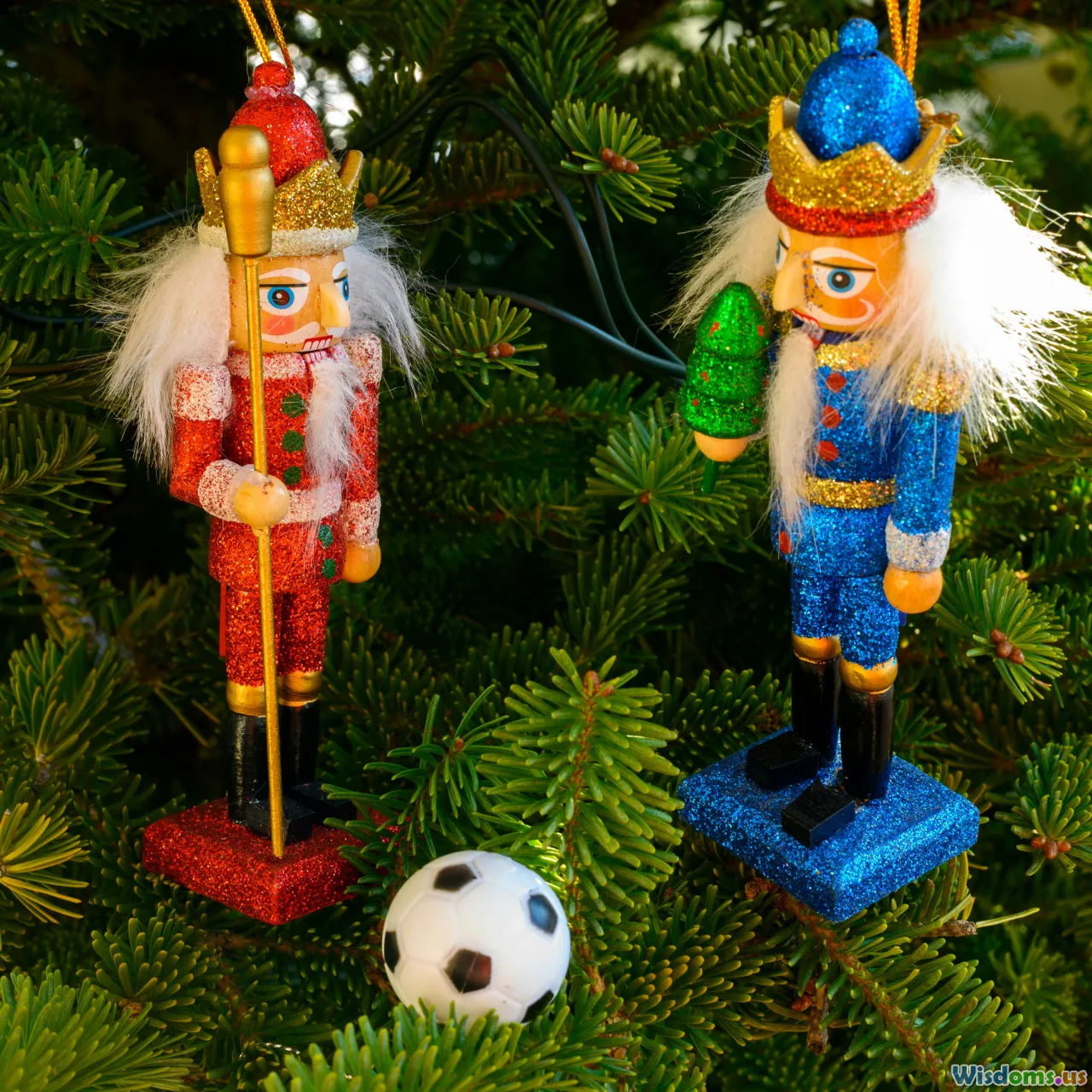
- Episode: “You Don’t Have to Live Like a Referee” (Season 25, Episode 16)
- Original air date: March 30, 2014
- The gag: Homer is recruited to referee the World Cup in Brazil and is offered bribes; Germany ultimately wins the tournament in the episode’s story.
What happened next:
- Germany won the 2014 FIFA World Cup on July 13, 2014.
- In May 2015, the U.S. Department of Justice unsealed indictments and arrests in a sweeping FIFA corruption probe.
Assessment:
- Prediction strength: Medium-high. Corruption allusions were long-standing in football circles; still, timing matters. The episode aired in the World Cup year and echoed the sport’s reputation before the DOJ’s public crackdown exploded in 2015.
- Accuracy nuance: The show’s match specifics differ from reality (Germany beat Argentina in the final; the famous 7–1 was versus Brazil in the semifinal). But predicting Germany as tournament winner was a solid call.
Case Study: Aerial Pop Spectacle—Lady Gaga’s Super Bowl Echo

- Episode: “Lisa Goes Gaga” (Season 23, Episode 22)
- Original air date: May 20, 2012
- The gag: Lady Gaga performs in Springfield while suspended by wires, soaring over the crowd in a harness.
Five years later, Lady Gaga headlined the Super Bowl LI halftime show (February 5, 2017). She descended from the stadium roof in a harness and performed aerial choreography, echoing the show’s imagery.
Why it resonates:
- Artist-specific: The bit matched Gaga’s theatrical brand and later production choices.
- Visual rhyme: The harnessed aerials weren’t generic pop tropes; they mirrored the staging closely enough for viewers to notice.
It’s not world-historical, but it’s a neat alignment of satirical staging and later reality.
Case Study: Horse Meat on the Menu and a Real Scandal Years Later
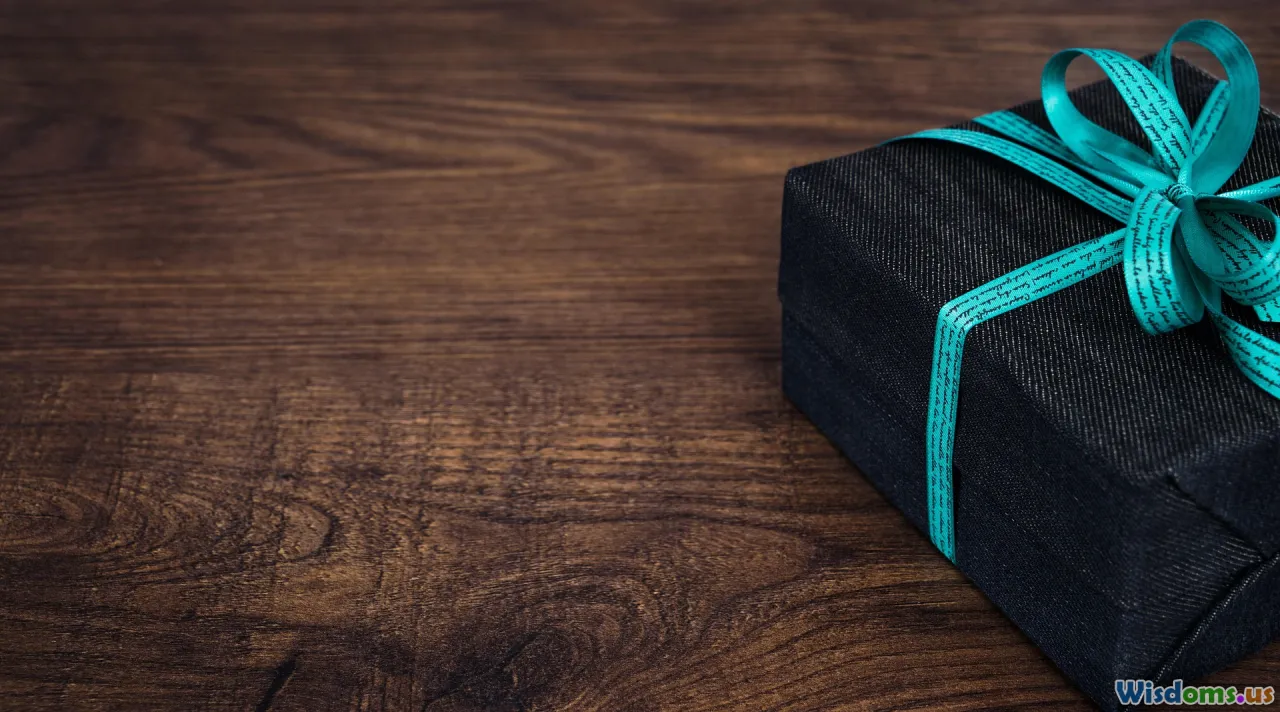
- Episode: “Sweet Seymour Skinner’s Baadasssss Song” (Season 5, Episode 19)
- Original air date: April 28, 1994
- The gag: Lunchlady Doris uses ingredients labeled “Assorted Horse Parts” in the school cafeteria.
In 2013, Europe faced a horse meat scandal when DNA tests revealed horse mixed into beef-labeled products across multiple countries. While horse meat consumption isn’t illegal everywhere, the mislabeling and supply chain deception caused a major public uproar.
Why it’s a fair match:
- Premise parity: The show lampooned cheap, questionable sourcing in institutional food. The scandal years later revealed how complex (and sometimes opaque) meat supply chains can be.
- Not perfect: The episode’s cafeteria setting differs from retail products, but the core theme—hidden horse meat—aligned.
Case Study: The Higgs Boson on Homer’s Chalkboard

- Episode: “The Wizard of Evergreen Terrace” (Season 10, Episode 2)
- Original air date: September 20, 1998
- The gag: Homer, inspired by Edison, covers a chalkboard with formulas; one equation has been noted by physicists for approximating (with caveats) the mass of the Higgs boson.
When the Large Hadron Collider announced the Higgs boson discovery in 2012, its mass clustered around 125 GeV/c². Science writer Simon Singh and others pointed out that, under certain interpretations, Homer’s scribble lands near that value—not a perfect match, but close enough to raise eyebrows.
Assessment:
- Specificity: An equation on a board, not a clean “125 GeV” declaration.
- Plausibility: Writers consulted science-savvy advisors; the gag was more math-flavored humor than a hard prediction. The proximity is intriguing, not mystical.
This case shows how expert-informed gags can age into eerie relevance.
Case Study: A Nobel Name on a Kids’ Betting Board
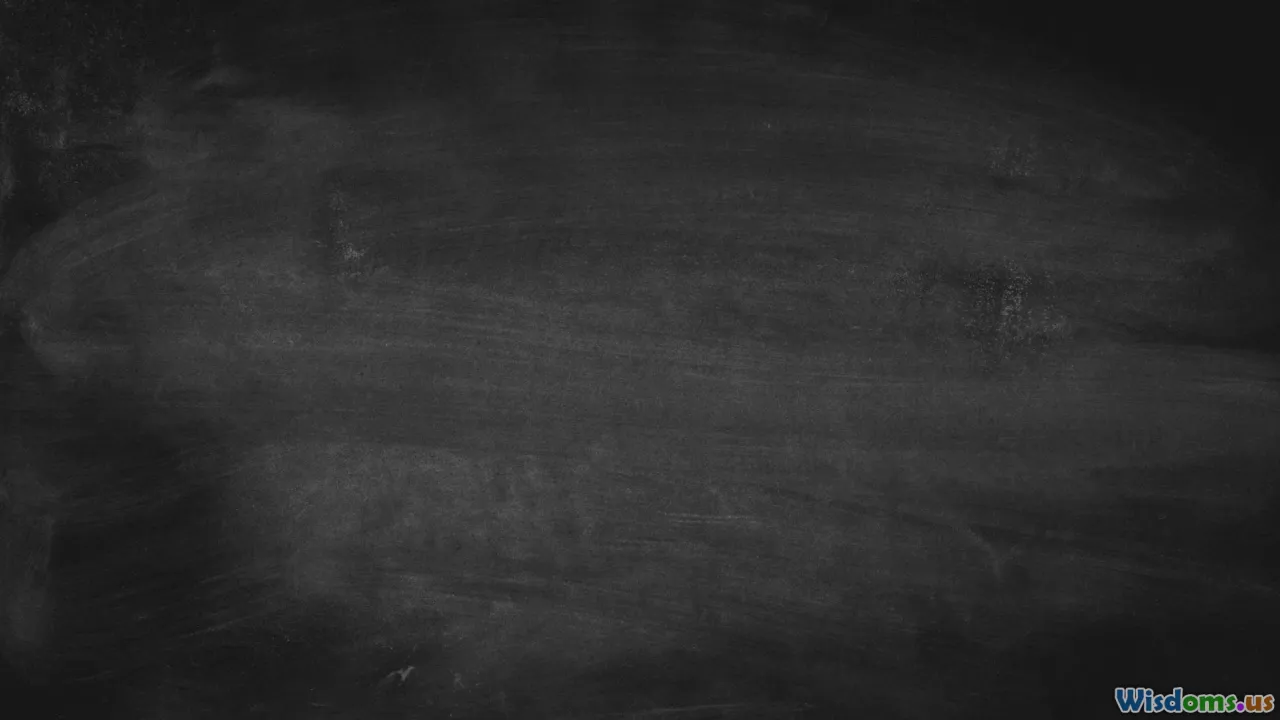
- Episode: “Elementary School Musical” (Season 22, Episode 1)
- Original air date: September 26, 2010
- The gag: Martin Prince runs a classroom betting pool on the Nobel Prize. One name on the board: Bengt Holmström.
In 2016, Bengt Holmström (with Oliver Hart) won the Nobel Memorial Prize in Economic Sciences for contributions to contract theory.
Why this matters:
- Signal reading: Economists and academics knew Holmström as a heavyweight; the writers nodded to that inside baseball—years before the official recognition.
- Prediction class: It’s a “smart if you know the field” forecast rather than a blind guess.
Case Study: Curling Gold—A Joke That Took Eight Years to Land

- Episode: “Boy Meets Curl” (Season 21, Episode 12)
- Original air date: February 14, 2010
- The gag: Homer and Marge form a mixed curling team that represents the United States at the Vancouver Olympics, beating Sweden for gold despite Marge’s injury.
Reality caught up in 2018 when the U.S. men’s curling team won Olympic gold in PyeongChang—defeating Sweden 10–7 in the final. The details differ (mixed team vs. men’s team; venue; year), but the U.S.-over-Sweden gold-medal beat was spot-on.
Why it counts:
- Specific matchup: U.S. beats Sweden for curling gold.
- Time lag: Eight years later, a result that many casual fans wouldn’t have expected in 2010.
Case Study: A Sideshow of Tigers—Siegfried & Roy Paralleled

- Episode: “$pringfield (Or, How I Learned to Stop Worrying and Love Legalized Gambling)” (Season 5, Episode 10)
- Original air date: December 16, 1993
- The gag: Parody duo Gunter and Ernst, Las Vegas-style magicians, are mauled by their white tiger during a performance.
In 2003, Roy Horn of Siegfried & Roy was attacked by a white tiger during a live show in Las Vegas, suffering severe injuries.
Assessment:
- Satire basis: The real Siegfried & Roy were famed for white tiger acts and had long faced animal-safety criticism. The show extrapolated a nightmare scenario a decade before it happened.
- Status: Strong parallel, with clear inspiration. Not pure chance but a plausible risk dramatized.
Frequently Misattributed “Predictions” (And Why They Don’t Count)

Internet virality rewards neat narratives. Some claims stretch too far:
- The “9/11 magazine cover”: In “The City of New York vs. Homer Simpson” (Season 9, Episode 1, aired 1997), a brochure shows “New York $9” next to the Twin Towers, creating a visual “9/11.” It wasn’t a prediction of the 2001 attacks; it was a bus fare joke. The alignment is coincidental.
- Ebola “prediction”: In “Lisa’s Sax” (1997), Marge offers Bart a book titled “Curious George and the Ebola Virus.” Ebola had been known since 1976, with outbreaks in Africa. The 2014 West Africa epidemic was tragic, but the reference wasn’t prophetic; it was dark humor about infectious disease.
- COVID-19 foresight: A 1993 episode (“Marge in Chains”) features an “Osaka Flu” spreading in Springfield amid shipping mishaps. It lampoons global supply chains and panic, not a specific coronavirus. Memes fused images from different episodes and added fake captions.
- Three-eyed fish and Fukushima: “Two Cars in Every Garage and Three Eyes on Every Fish” (1990) introduces Blinky, a mutated fish near Springfield’s nuclear plant. That’s a satirical take on nuclear regulation and waste, not a precise prediction of a future Japanese disaster.
- The Shard “prediction”: A futuristic London skyline in “Lisa’s Wedding” places a tall building roughly where the Shard now stands. Interesting visual rhyme, but production designers were sketching a generic future skyline, not forecasting the exact tower built in 2012.
A simple rule: If the “prediction” relies on a cropped screenshot, vague wording, or ignores context, be skeptical.
Why So Many Guesses Hit: Probabilities, Patterns, and Writers’ Research
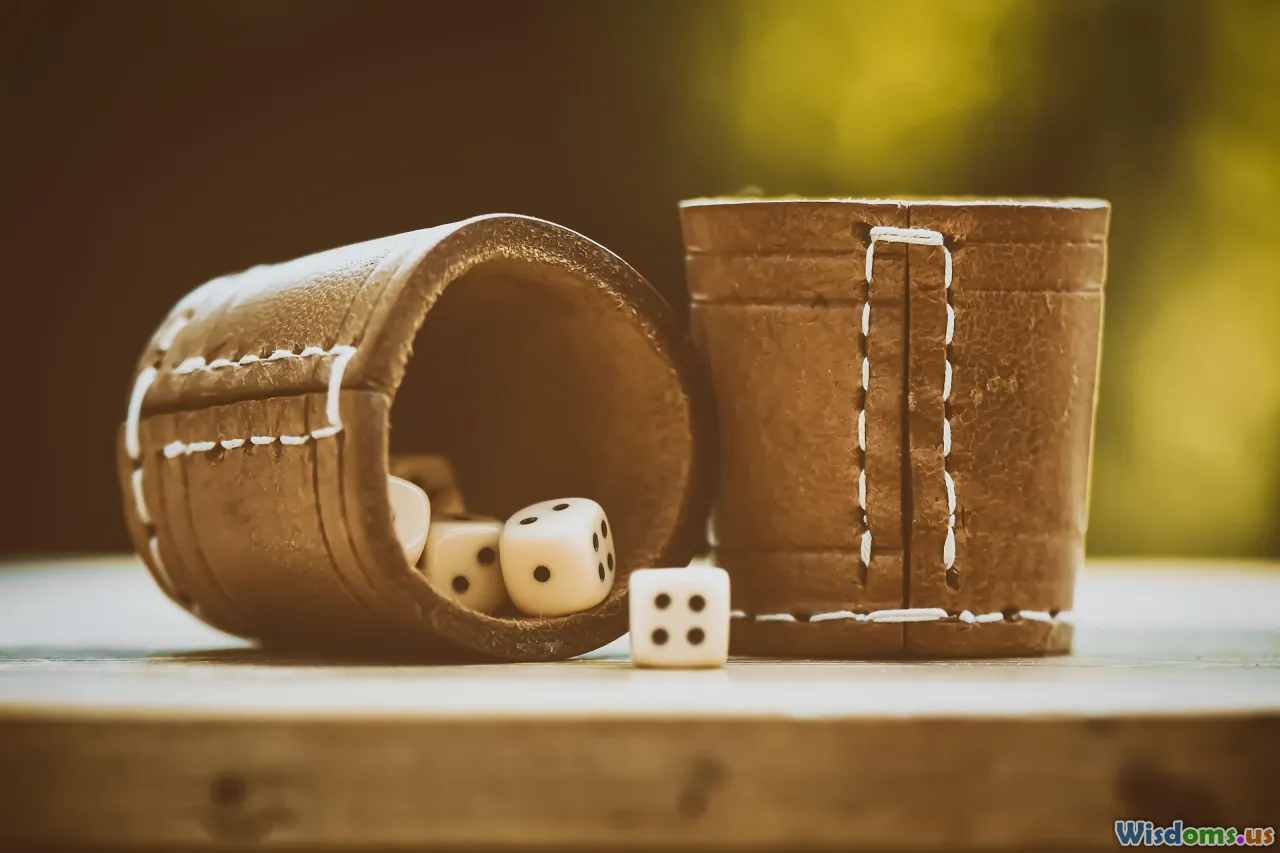
Strip the mystique and you find three engines:
- Base rates and trend lines: If you joke for 30 years that handheld tech gets smaller, cheaper, and more connected, you’ll guess right about smartwatches, video calls, and streaming. You’re surfing the S-curve of adoption, with timing as the main unknown.
- Extreme but plausible extrapolation: Cartoons push to the edge. “Disney buys Fox” was an extreme expression of 1990s consolidation; two decades later it turned literal.
- Networked expertise: Writers consult experts and read trade publications. A physics-flavored chalkboard gag is more likely to echo real equations if someone in the room can check the math for comic believability.
On top of all that sits the selection effect: we remember the hits and forget the misses. The show made countless jokes about tech that never materialized (flying cars as commuter staples, anyone?). That’s fine—the batting average is what impresses us because we only tally the home runs.
How to Vet the Next Viral Claim: A Quick How-To

Use this five-step method when you see “Simpsons predicted X!” trending:
- Find the episode: Search for the season and episode number, and confirm the original air date from a reputable episode guide.
- Watch the scene in context: If possible, watch the full clip. Screenshots lie; setups matter.
- Check specificity: Does the scene name the person/company/event, or is it a broad satire you could retrofit to many outcomes?
- Compare details: Does the real event match the episode beyond surface resemblance? Timing, names, numbers, and mechanisms all count.
- Beware post-production edits: Some images online are doctored. Reverse-image search the still to see if it appears in earlier, verifiable posts.
If the claim passes all five, congrats—you may have a keeper.
Lessons for Creators: How to Write Satire That Ages Well

If you’re a writer, marketer, or educator, The Simpsons offers a playbook for crafting work that remains relevant years later.
- Ground the joke in research: Learn the industry’s pain points. A single real detail (e.g., “Eat up Martha”) can anchor a gag that keeps resonating.
- Extrapolate one step past the plausible: Push trends to their logical extreme, not to fantasy. Disney absorbing Fox? Bold but rooted in 1990s consolidation logic.
- Visual jokes with clean semantics: A simple, readable image (a boardroom sign, a tiger onstage) survives screenshots and memory better than dense dialogue.
- Build characters who reflect the system: Homer as a referee encountering bribes shows, through character, how corruption tempts institutions—not just a headline about FIFA.
- Plant optional layers: A chalkboard equation reads funny if you like math, and as random scrawl if you don’t. Layering invites rediscovery.
Actionable exercise: Pick a domain you know (healthcare, sports, logistics). Write three “one-step-further” headlines based on real trajectories. Then translate one into a visual gag a viewer could parse in two seconds.
Beyond Single Episodes: A Short Catalog of Smaller-but-Real Hits

- Malfunctioning voting machines (2008): In “Treehouse of Horror XIX” (aired November 2, 2008), a rigged voting machine switches Homer’s Obama vote to McCain. In the 2008 and 2012 elections, separate real incidents of faulty touchscreen calibration produced similar effects, becoming viral videos and news items.
- Shoddy infrastructure gags: The show repeatedly lampooned Springfield’s crumbling public works. While not predictions per se, specific jokes (sinkholes, bridge failures) mirror recurring real-world headlines about deferred maintenance—a durable satirical target.
- Retail dystopia beats: From self-checkout mishaps to supply chain absurdities, multiple episodes anticipated today’s long-tail annoyances of high automation and global logistics.
These aren’t as clean as “Disney buys Fox,” but they illustrate a technique: pick a systemic weak point and demonstrate its farcical edge case.
How The Show Handles Its Own Legacy of “Predictions”
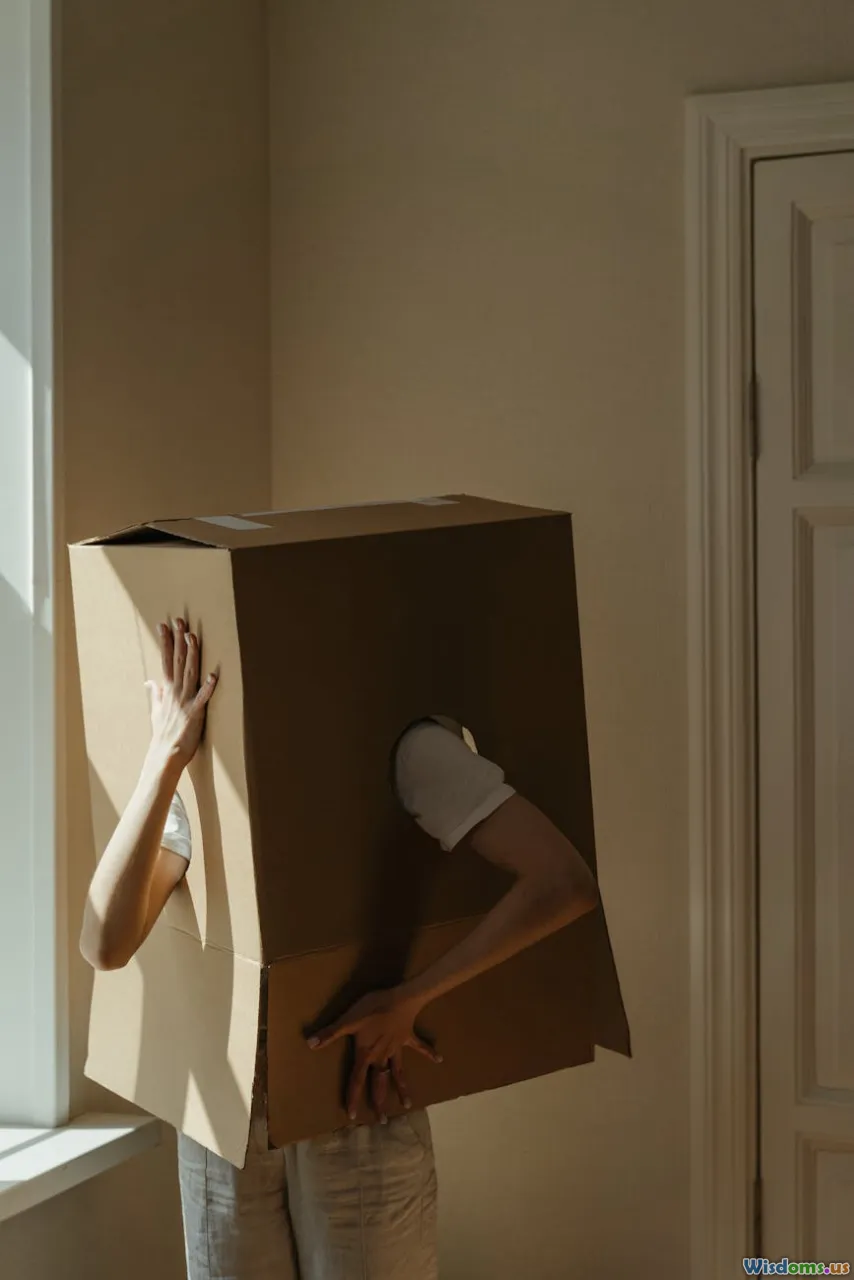
The Simpsons is self-aware about the meme. Subsequent seasons have alluded to the reputation, sometimes with meta-jokes about future headlines. This recursive loop—jokes about predictions that become predictions about jokes—keeps the brand fresh while acknowledging that, yes, the internet loves a good prophecy.
Internally, former writers have said there’s no secret oracle, just a diet of news, whitepapers, and industry gossip. The pipeline: a writer pitches a premise rooted in real trends; the room heightens it to absurdity; a storyboard artist sneaks in a blink-and-you-miss-it visual; and years later someone notices a resemblance to reality. Add the web’s appetite for patterns and you have an evergreen content engine.
The Ethics of Calling It a Prediction
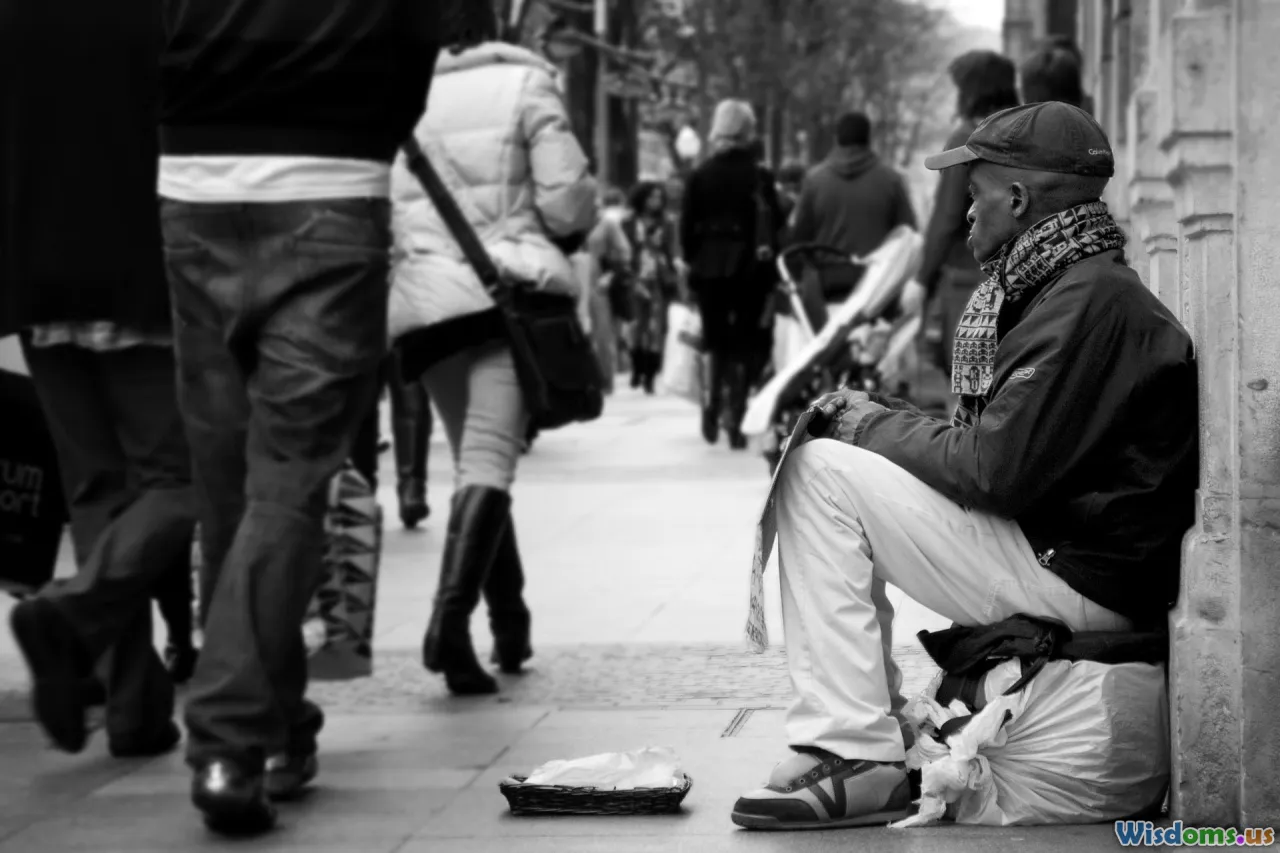
It’s fun to anoint a cartoon Nostradamus, but there’s value in precision:
- Don’t credit fiction for preventable failures: When the show lampoons safety lapses that later cause real harm, treat the episode as critique, not magic. The moral stays: institutions ignored visible risks.
- Keep room for coincidence: Meaning-making minds see patterns everywhere. Not every rhyme is a reason.
- Celebrate the craft: The respectable part is the writing discipline—reading signals and reframing them—rather than the illusion of prophecy.
Practical Takeaways for Media Literacy Teachers and Parents

Use The Simpsons prediction meme to teach critical thinking:
- Activity: Give students three viral “Simpsons predicted it” images—one real, one misleading, one fake. Have them trace sources, find the episode, and present verdicts using the five-step vetting method.
- Discussion: How does satire differ from news? Which responsibilities do audiences have when sharing eye-catching claims?
- Skill-building: Practice time-stamping and context-checking as habits, not chores. Make “find the air date” a reflex.
This frames pop culture as a gateway to skepticism and source literacy.
Why These Predictions Matter for Business and Policy Folks

If a cartoon can appear prescient, what can strategists learn?
- Watch the edges: Satirists often zoom in on neglected signals—corruption incentives, consolidation logics, usability pain points. Those are precisely where disruption incubates.
- Scenario thinking: Writers spin multiple what-ifs, many of which never air. Organizations should do the same. Build lightweight scenarios that push trends one notch further.
- Narrative as early warning: A joke that rings true can telescope the future, helping decision-makers perceive second-order effects before the data fully arrives.
Action steps:
- Maintain a 1-page trend log with three columns: signal, plausible escalation, counterfactual (what if the opposite happened?). Review quarterly.
- Host a “satire hour” with the team: bring a ridiculous headline about your industry and ask, “What would have to be true for this to happen?” Document outcomes.
The Limits: What The Simpsons Didn’t Predict
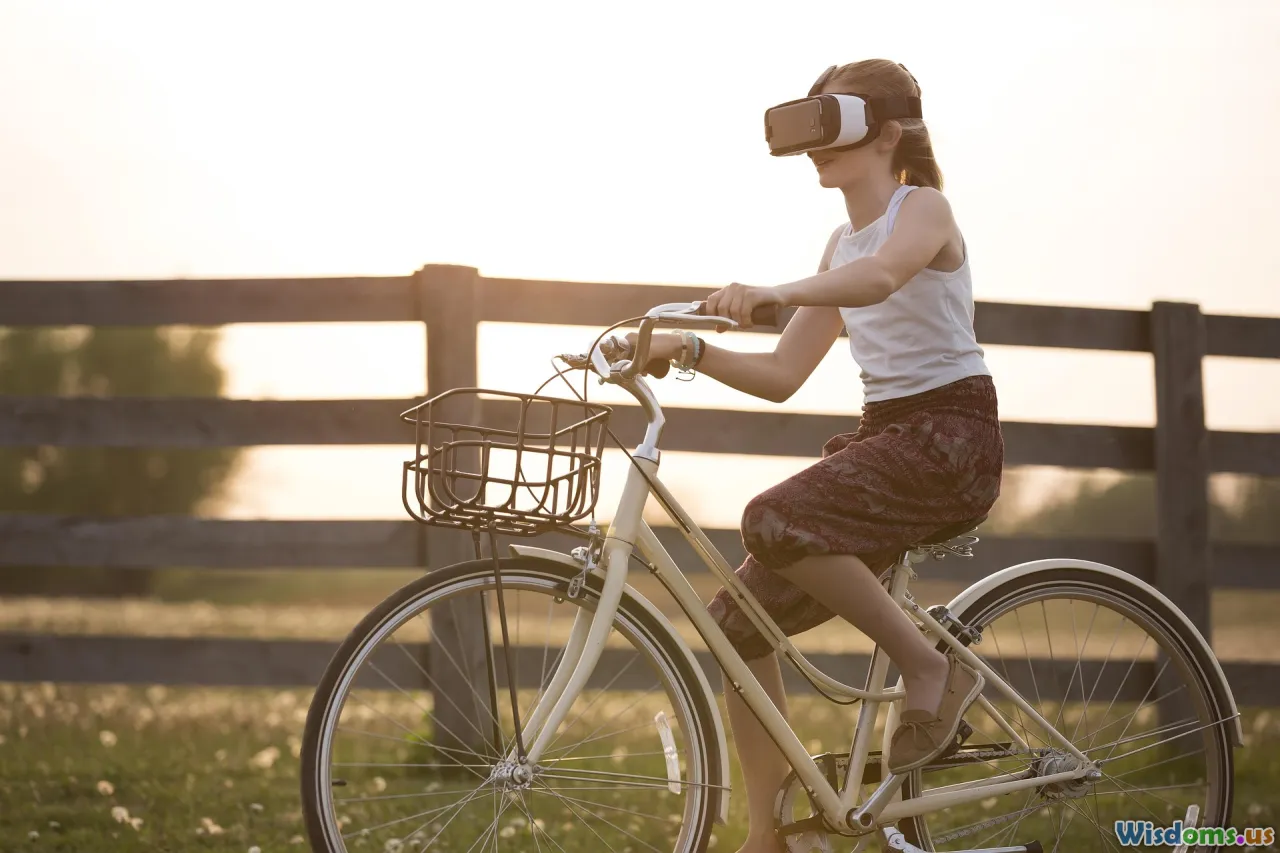
It’s equally useful to note major developments the show didn’t foresee clearly:
- Smartphones’ societal rewiring: While the show hit text input woes and video calls, the social-media attention economy wasn’t neatly predicted in early futurist gags.
- AI’s recent leap: The series has joked about smart homes and killer robots, but the specific wave of large-language models and their workplace impact hasn’t had a signature “prediction” moment.
- Climate tipping points: Environmental satire abounds (toxic lakes, three-eyed fish), yet the precise pace and scale of climate-linked disasters weren’t forecast with any single canonical gag.
These gaps aren’t failures. They remind us that predictions are narratives among many, not fate.
Putting It All Together: A Working Definition of a “True” Simpsons Prediction
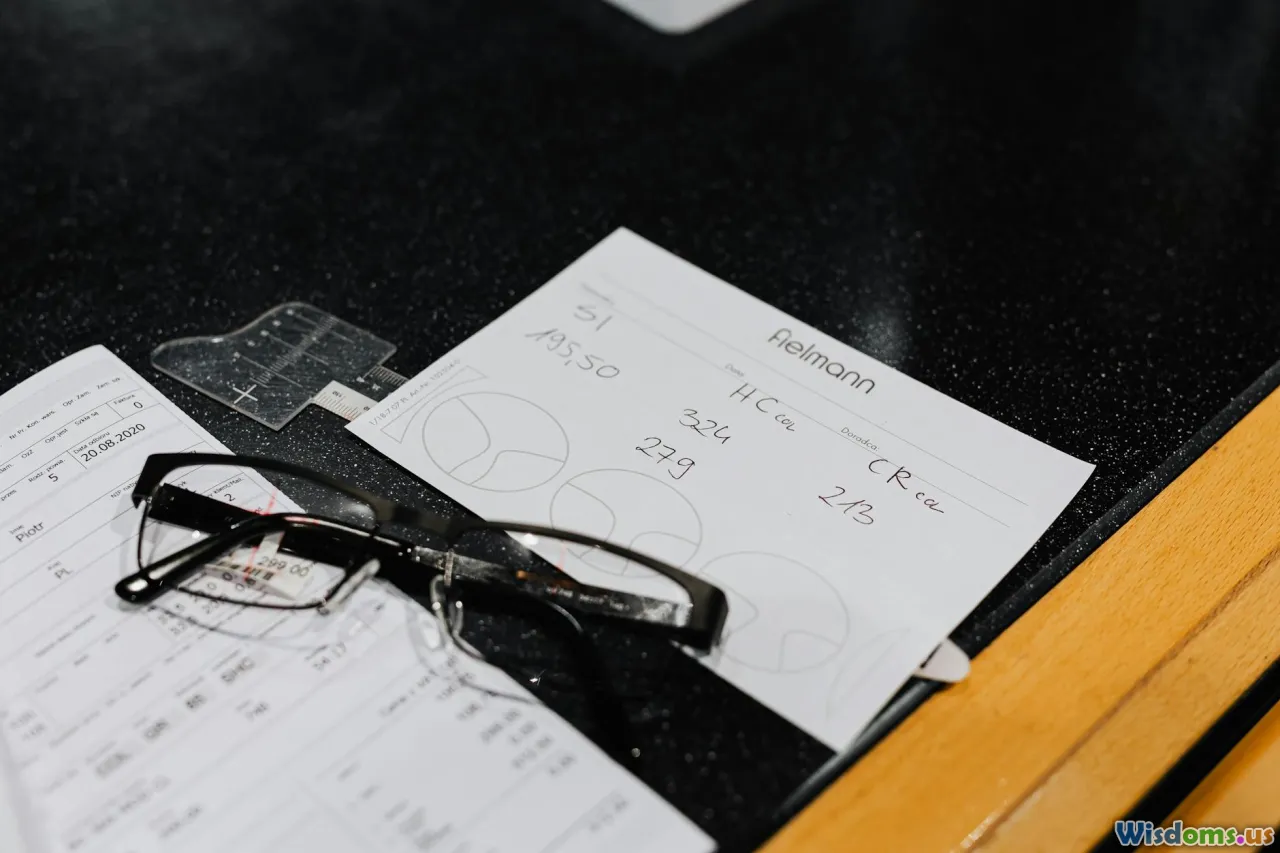
A reasonable definition looks like this: a Simpsons prediction is a joke or premise, timestamped by its original air date, that names or depicts a specific outcome which later occurs in materially similar form. The best examples—Trump’s presidency, Disney buying Fox—fit squarely. Others are near-misses or thematic echoes, still instructive but not “called it!” moments.
Viewed this way, the show’s foresight isn’t spooky—it’s a testament to disciplined curiosity, trend-reading, and the narrative power of pushing realities one step forward.
A Short Tour of Why We Love These Stories
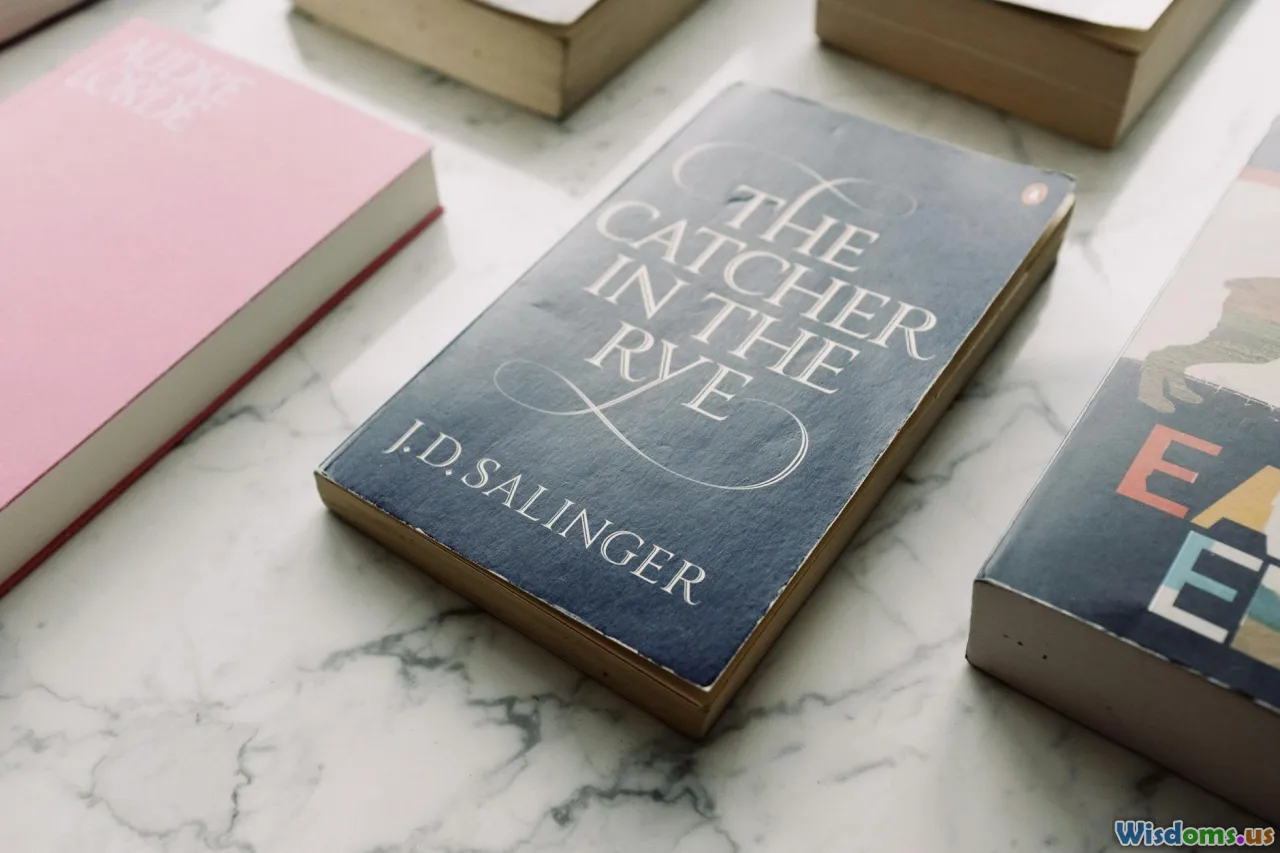
On the audience side, three psychological drivers keep the meme alive:
- Pattern hunger: Humans find patterns fast, even in noise. The meme rewards our pattern-finding with delight.
- Control and comfort: Predictions suggest that the world is knowable. If a cartoon could see it coming, maybe nothing is truly random.
- Shared in-jokes: Recognizing a Simpsons parallel bonds fans across generations. It’s cultural shorthand.
Writers harness this psychology by crafting simple, replayable images and lines that can be rediscovered.
How to Create Your Own “Prediction-Ready” Satire

Try this structured method for your next piece:
- Pick a live trend: e.g., generative AI in customer service.
- Identify a pain point: hallucinations, legal risk, biased outputs.
- Heighten one degree: the AI gets promoted to CEO because it never sleeps.
- Add a crisp visual: a company org chart with “GPT-CEO” boxed at the top, holding a coffee mug that says “I don’t make mistakes (with 92% confidence).”
- Leave a breadcrumb of truth: cite a real press release about a company replacing a support tier with a bot.
If the future rhymes with your joke, people will call it a prediction. If not, it still works as commentary.
Beyond the Meme: What The Simpsons Teaches Us About Foresight
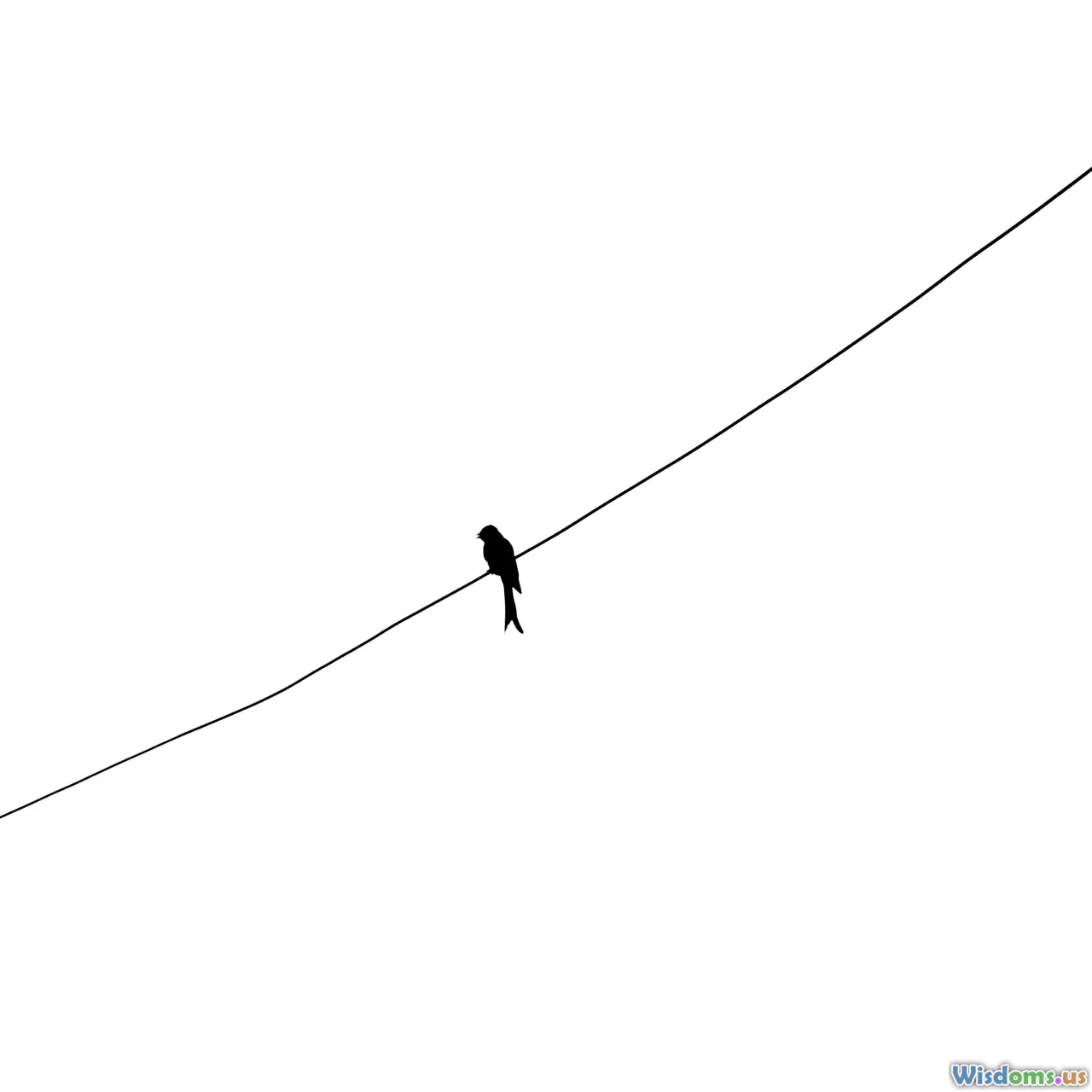
The real lesson isn’t that a sitcom can see the future; it’s that the future is often visible in the present if you look carefully. The Simpsons taught a generation to notice weak signals—faltering tech UI, the perverse incentives of giant institutions, the awkward fit between human frailty and systems at scale. Those observations, told as jokes, sometimes become tomorrows.
If you find yourself sharing a “Simpsons predicted it” tweet this week, consider adding a second angle: what underlying trend did the show spot early? Is that trend still unfolding? Could your team, classroom, or community map where it leads next?
That habit—mapping how today’s small absurdities scale into tomorrow’s headlines—is more powerful than any single prediction. And, if history is a guide, it’s the kind of habit that keeps you a step ahead while everyone else is still laughing at the punchline.
Rate the Post
User Reviews
Other posts in Fan Theories & Speculation
Popular Posts












